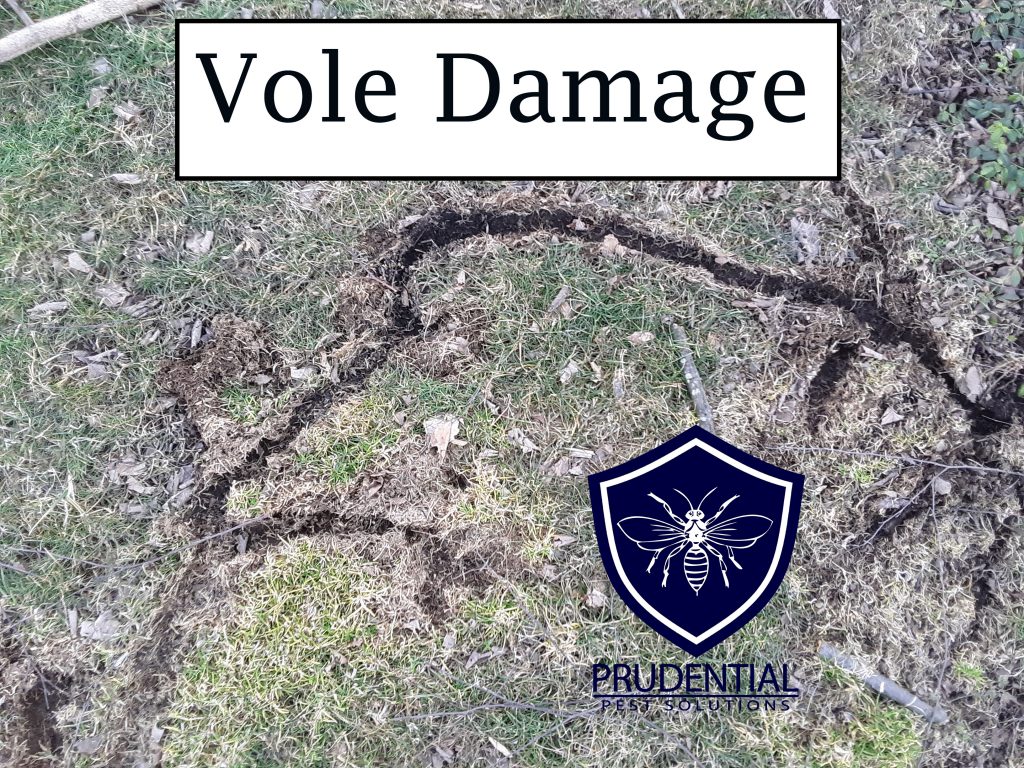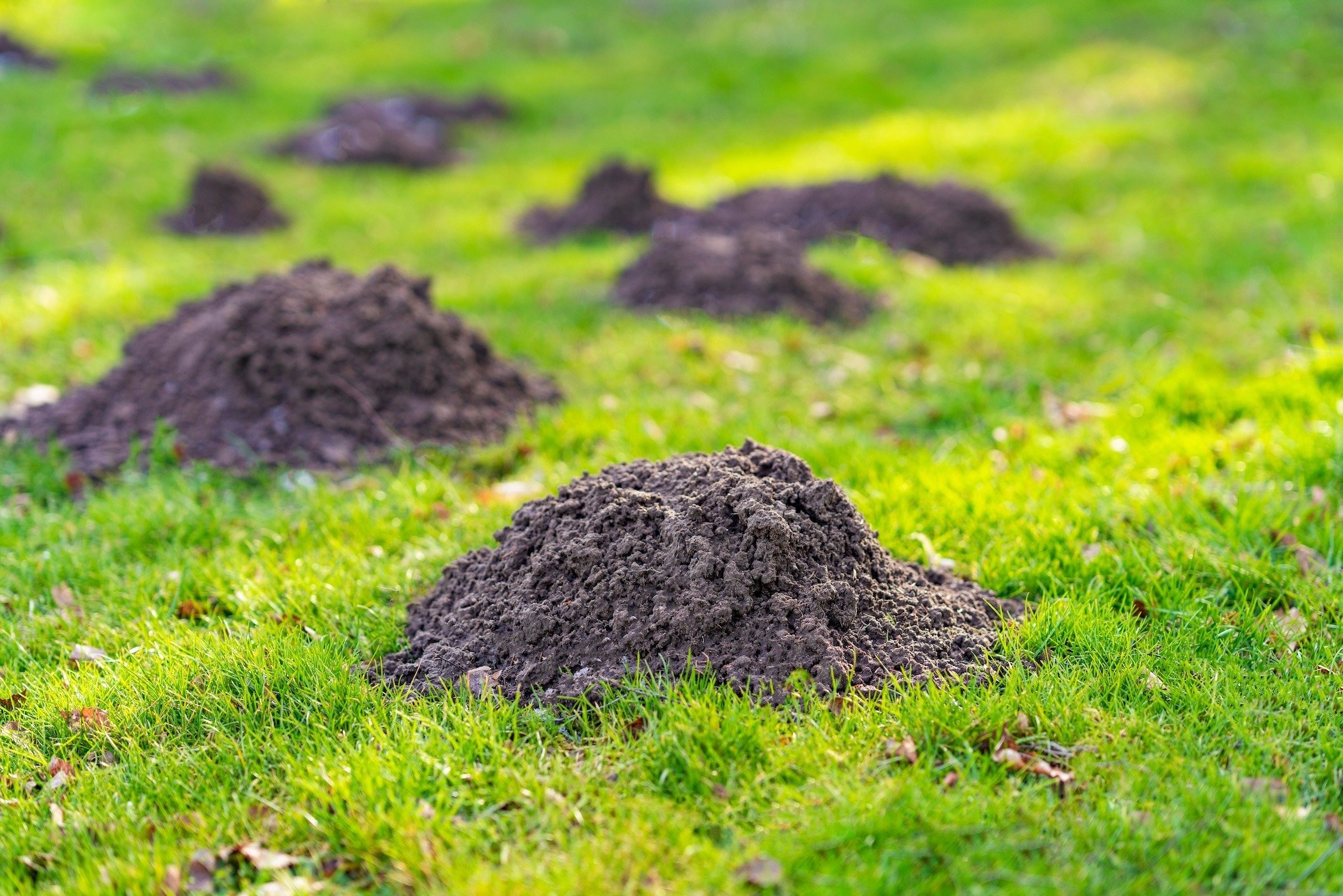Recover Your Lawn's Wellness: Positive Vole Pest Control
Recover Your Lawn's Wellness: Positive Vole Pest Control
Blog Article
Mastering Vole Insect Control: In-depth Insights on Problem Avoidance and Treatment Approaches
By acknowledging the refined signs of vole invasion early on, we can take proactive procedures to avoid widespread damages. In this discussion, we will certainly explore the nuances of vole behavior, dig right into the identification of infestation signs, and uncover the most reliable avoidance and therapy methods.
Comprehending Vole Habits
Taking a look at the foraging patterns of voles supplies valuable understandings into their habits and habitat preferences. Voles, small rodents resembling mice, are herbivores understood for their below ground tunneling activities. By observing their foraging actions, researchers can get a much better understanding of where voles favor to establish their habitats and the extent of their ecological impact. Voles are respected dog breeders, with a solitary women with the ability of generating numerous litters in a year, making it critical to understand their behavior for reliable pest control approaches.
Study suggests that voles show selective feeding routines, favoring origins, seeds, and bulbs - vole control. This dietary choice affects their foraging patterns, leading them to areas rich in plants and ground cover. Furthermore, voles are recognized to create fancy tunnel systems for foraging and nesting purposes, suggesting a high level of adaptability to their surroundings
Comprehending vole habits is essential for applying targeted insect control procedures that interrupt their environment choices and foraging activities. By studying their behavior, experts can develop a lot more efficient avoidance and treatment methods to manage vole invasions.
Identifying Signs of Vole Infestation
Vole problems can be spotted by identifying details indicators of their visibility in an area. One of one of the most common signs of a vole problem is the existence of surface area runways. Voles produce networks of slim paths on the ground that are usually around two inches large. These paths are frequently discovered in verdant locations or beneath mulch or ground cover where voles can relocate openly and look for food.
Another essential indication of vole invasion is the existence of tiny burrow openings in the ground. In addition, voles are known to leave behind chewed plant stems, roots, and light bulbs near their burrow openings, suggesting their feeding task in the location.
Additionally, vole droppings can likewise represent their visibility (vole control utah). Vole droppings are tiny, brownish, and round in shape, resembling grains of rice. Locating these droppings along runways or near burrow openings can confirm a vole infestation. By being vigilant for these indicators, building owners can immediately attend to vole invasions and avoid further damage.
Applying Proactive Prevention Measures
To efficiently mitigate the threats connected with vole problems, residential or commercial property owners can proactively carry out a range of precautionary procedures intended at safeguarding their yards and landscapes. Additionally, keeping yard areas tidy and decreasing mess where voles might conceal or nest is essential in decreasing their visibility.
In addition, using natural vole deterrents like castor oil-based repellents or predator pee can function as efficient safety nets. It is likewise advisable to routinely evaluate exterior areas for any kind of indicators of vole task, such as paths or tunnel openings, to resolve prospective invasions immediately. By taking on these aggressive avoidance approaches, homeowner can substantially lower the chance of vole damages and preserve the wellness and visual appeals of their landscapes.
Effective Treatment Strategies
Incorporating targeted trapping techniques and utilizing approved rodenticides are important components of efficient therapy methods for taking care of vole problems. Trapping can be an effective method to minimize vole populaces, particularly when positioned strategically in their energetic paths. Break traps and live traps can both work, with the latter enabling the capture and moving of voles. When utilizing rodenticides, it is important to follow safety and security guidelines to avoid harm to non-target pets and animals. Area rodenticides in protected lure stations to decrease dangers to unintentional targets. In addition, habitat alteration, such as decreasing ground cover and removing sources of food, can help deter voles from infesting an area. Normal monitoring and upkeep are also crucial facets of effective treatment methods to ensure that vole populations are maintained under control. By combining trapping, rodenticides, environment alteration, and constant monitoring, efficient vole pest control can be accomplished.

Tracking and Upkeep Tips
Normal monitoring permits for the early detection of vole anonymous task, enabling punctual intervention before infestations intensify. To properly keep track of vole populaces, strategically placed traps can be utilized in vole runways or near burrow entrances.
Furthermore, preserving a well-kept and tidy landscape is vital additional reading in vole prevention. Clearing up away debris, such as heaps of wood or thick plants, gets rid of possible vole habitats. Routinely trimming lawns and cutting plant life helps in reducing vole hiding areas and decreases their access to food resources.

Conclusion
To conclude, understanding vole parasite control calls for a strong understanding of vole actions, the capability to determine signs of infestation, implementing aggressive avoidance steps, effective treatment techniques, and consistent monitoring and upkeep. By taking a detailed method to vole control, individuals can properly handle and avoid infestations, inevitably securing their building and surrounding environment from damages brought on by these tiny rats.
In this conversation, we will certainly discover the nuances of vole actions, dig into the recognition of invasion signs, and discover the most effective prevention and treatment approaches.Including targeted trapping techniques and utilizing authorized rodenticides are vital parts of reliable therapy methods for managing vole invasions. To effectively keep an eye on vole populaces, tactically put catches can be used in vole paths or near burrow entryways. Inspecting and repairing any problems to these structures makes certain that vole control stays effective in securing buildings from invasions. By incorporating these monitoring and upkeep practices right into a detailed vole insect control strategy, people can effectively handle vole populations article and secure their buildings from damages.
Report this page